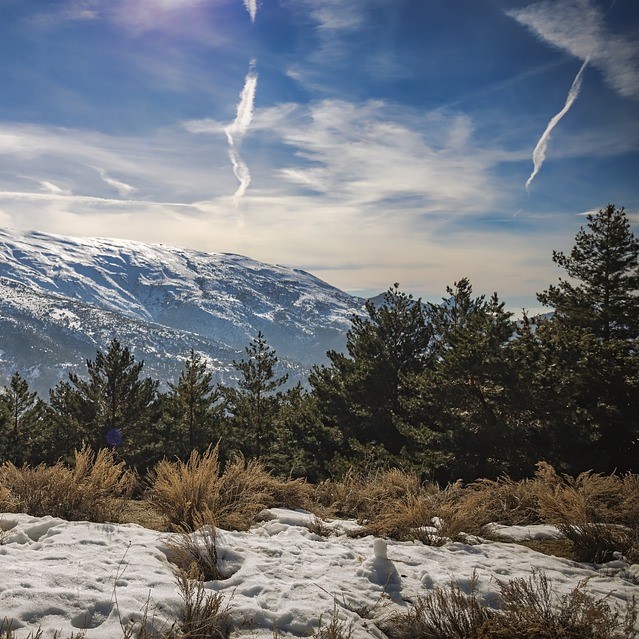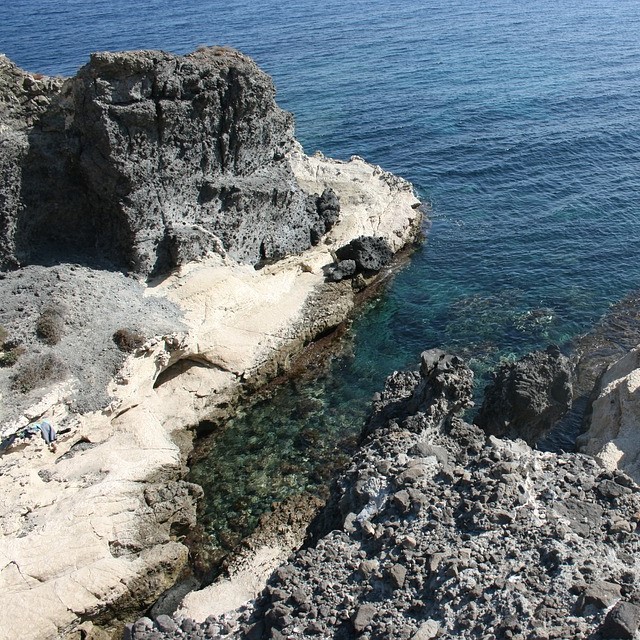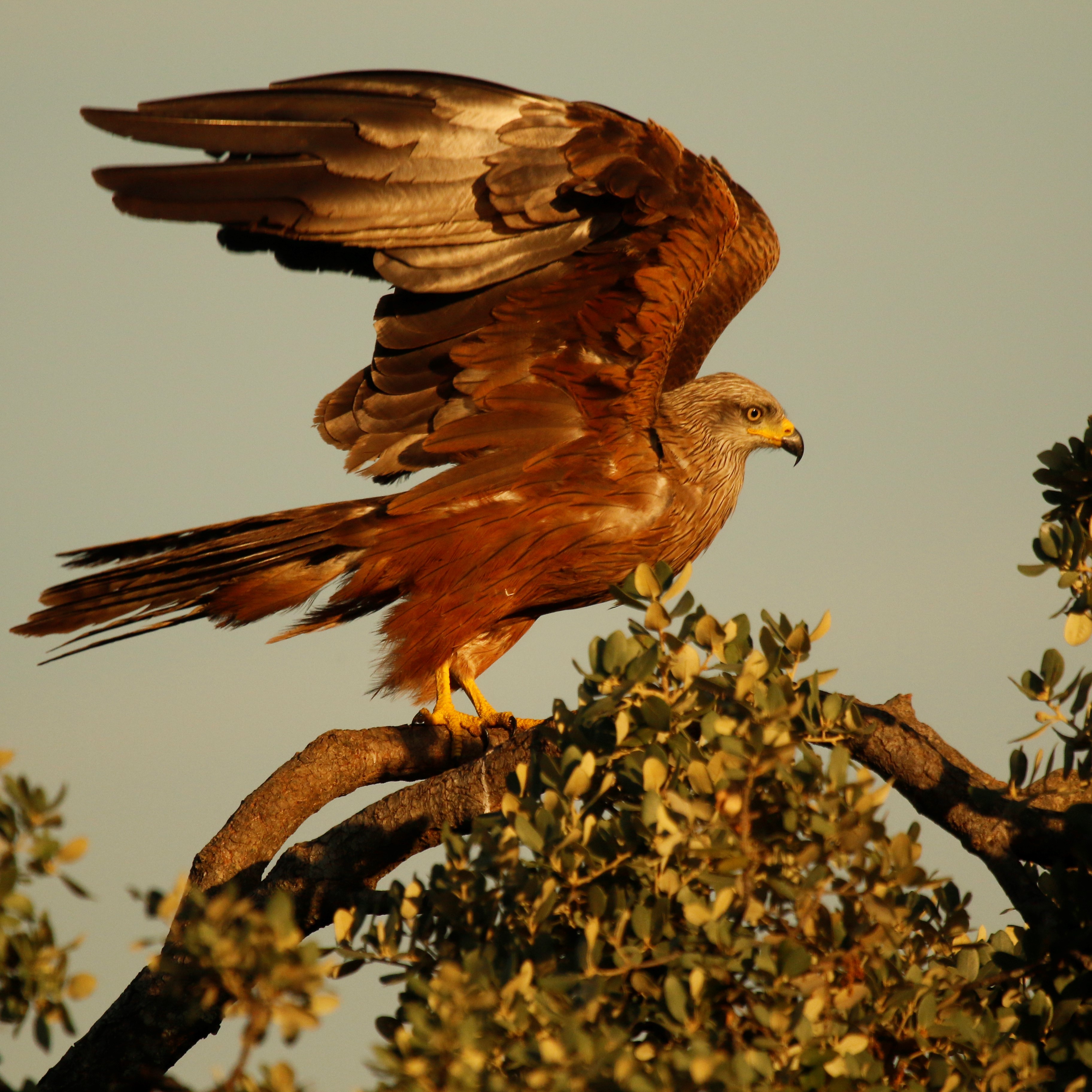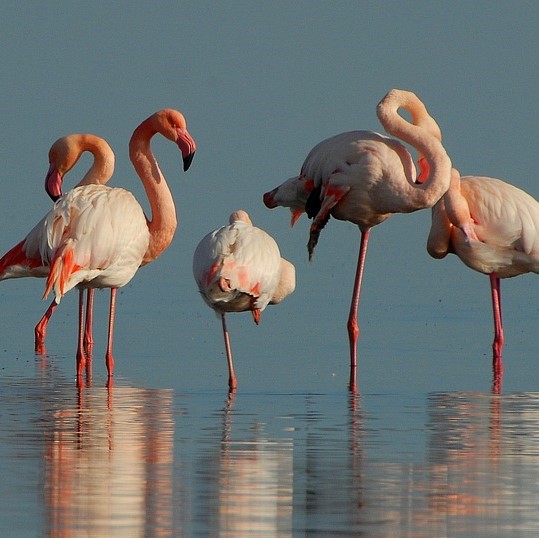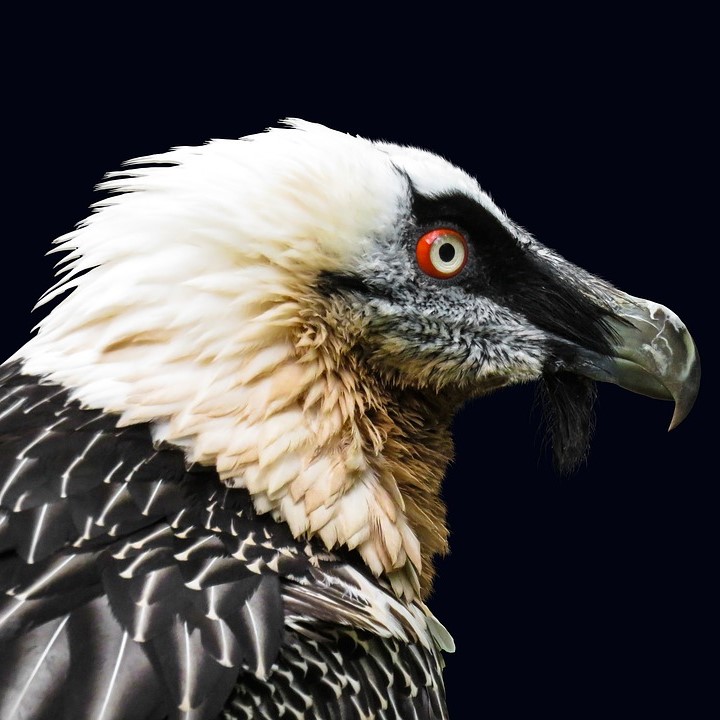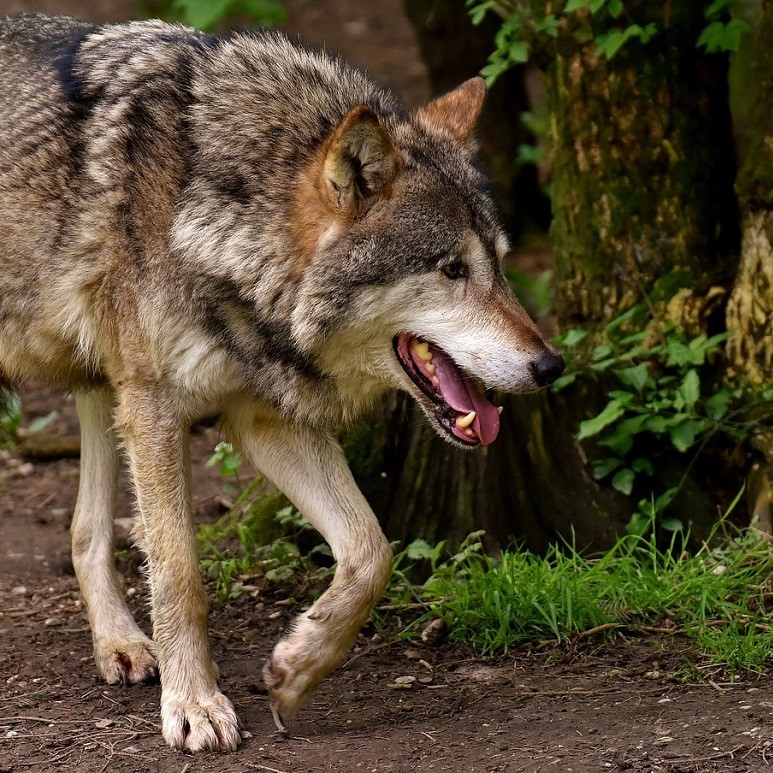LA JANDA
The old Laguna of ‘La Janda’, drained to favor agriculture on 1960s, was one of the largest and most important lagoons in Spain. Currently La Janda is a mosaic of different irrigated crops, and areas of pasture and meadow, which provide food and secure areas to rest for countless birds. La Janda is an exceptional place to watch birds year round, as it hosts a large number of resident species and others that use La Janda as an over-wintering site or for stopover on their migrations.
On a good day, it is not uncommon to see more than 60-70 different species in ‘La Janda’. These species include birds of prey like the Spanish Imperial Eagle, Bonelli’s Eagle, Black-winged Kite, Marsh and Montagu’s Harriers or Little Owl during their breeding season and migration or Hen Harrier and Short-eared Owl during winter time. Also the migratory period is a good time to watch large flocks of Honey Buzzard, Black Kites, Booted and Short-toed Eagle.
Migration season is also specially good moment to watch astonishingly large and gorgeous flocks of White Storks feeding in the crop fields before they make the ‘big jump’ across the Mediterranean to the African continent. During winter, the largest numbers in La Janda belong to European Cranes. It is possible to witness about 2,000 of these birds feeding placidly in the fields while you wait for sunset listening to their calls before they sleep for the night.
Bird watching in La Janda isn’t limited to raptors or soaring birds. Red-legged Partridge, Pheasants, a breeding colony of Glossy Ibis, Cattle Egret, and Squacco Heron can be observed so close you won’t believe it! Purple Swamphen, Little Bustard, Collared Pratincole, Night Heron, Great Spotted Cuckoo, Greenfinches, Goldfinches, Linnets, Serins and Spanish Sparrows are also species easily observed in this unbelievable place.
Leer más


